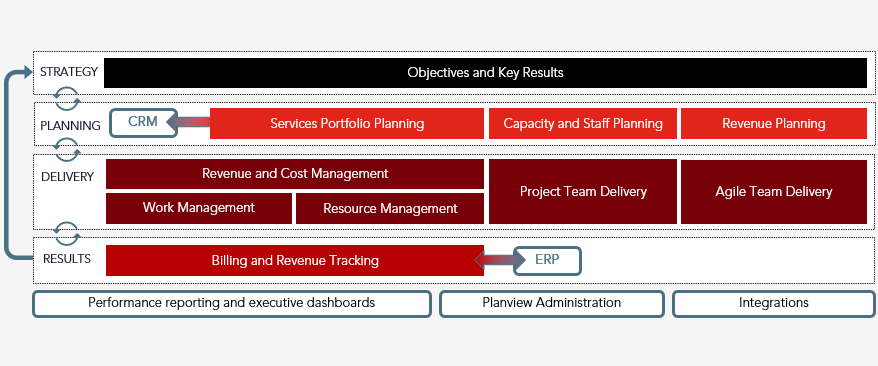Professional Services Automation
Professional services automation
Planview’s professional services automation solution enables professional services organizations to maximize efficiency, sell more services, and drive customer retention.
Watch demoSell more services throughout the customer lifecycle
Deliver outcome-based services, gain a competitive edge with speed across the entire customer engagement lifecycle, and deliver on engagements with more predictability.
Maximize operational efficiency and customer success
Reduce operational costs and streamline service delivery, decrease revenue leakage and project overruns, and proactively manage capacity.
Safeguard the business with better customer retention
Deliver quality engagements consistently, base strategic decisions on data, and protect existing revenue and market share with aligned orgazational charters on adoption and retention.
Your connected services journey
Customer project delivery
Integrate internal team tools and processes while implementing planning and reporting across the lifecycle
Traditional services model
Support critical planning and financial processes; focus on generating profit as a singular business unit
Connected services organization
Multiple ways of working support the delivery of profitable client engagements
Start with the essentials
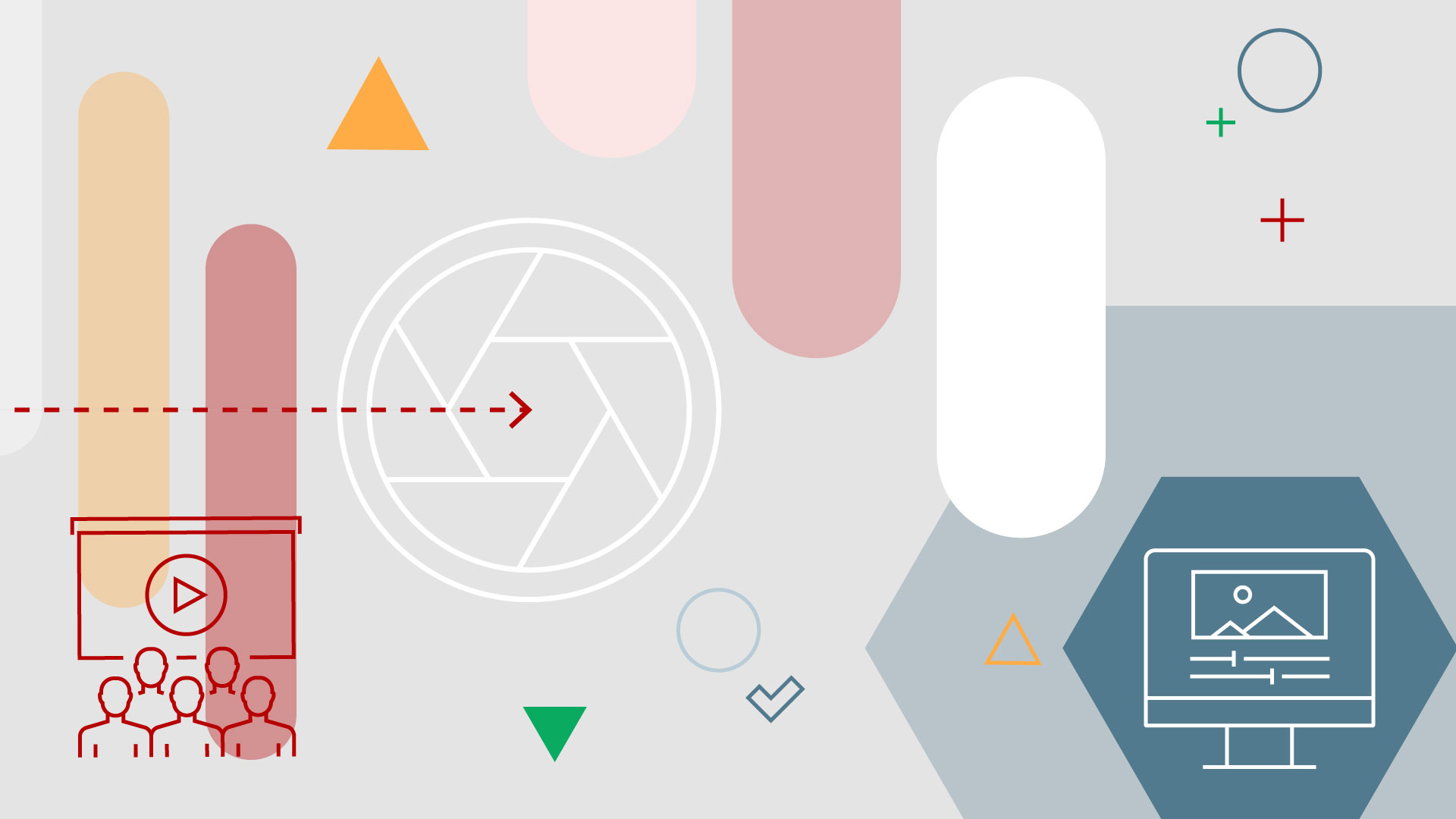
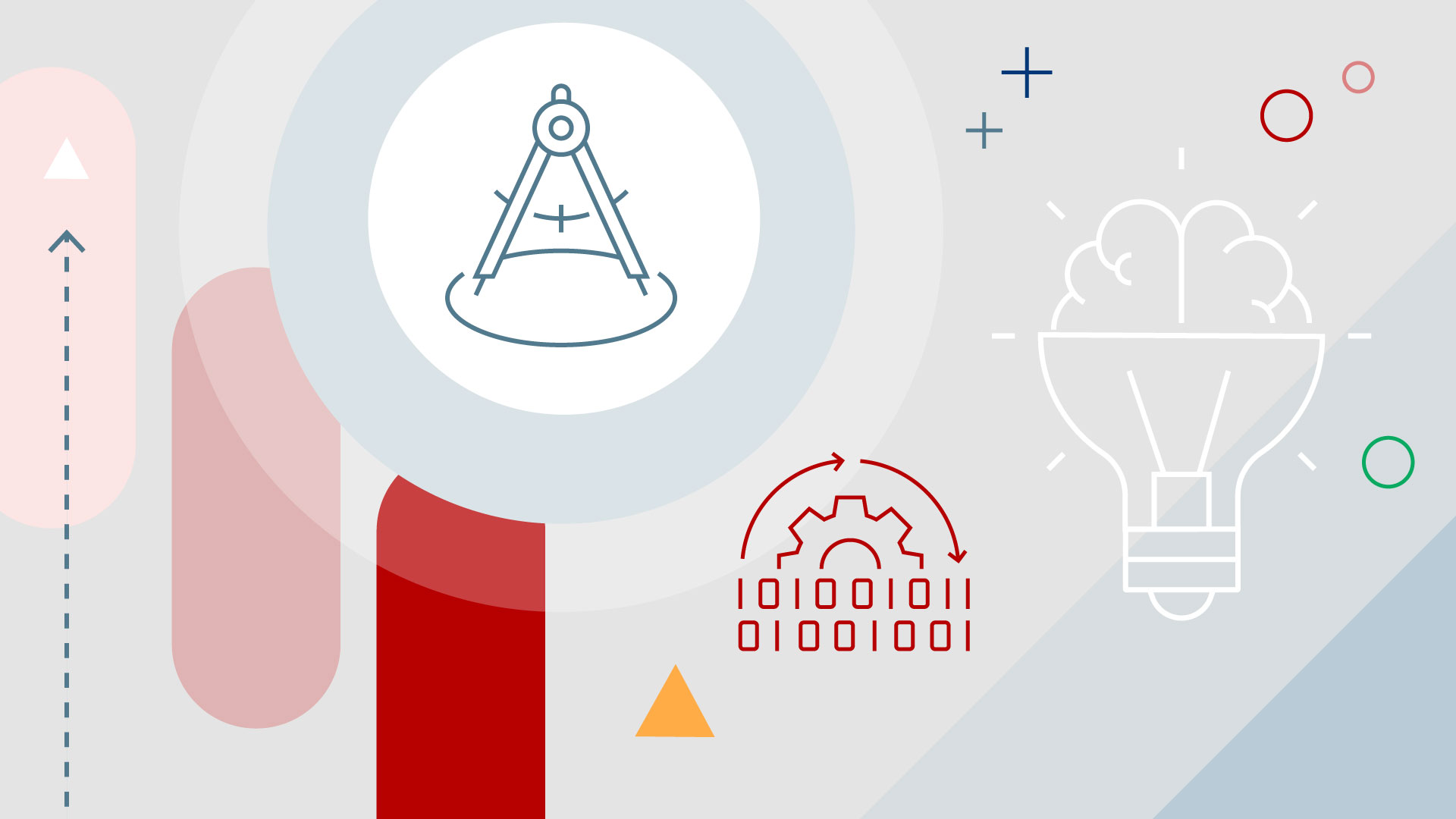
Professional services journey workshop
Map your organization’s journey from traditional to connected services.
Learn more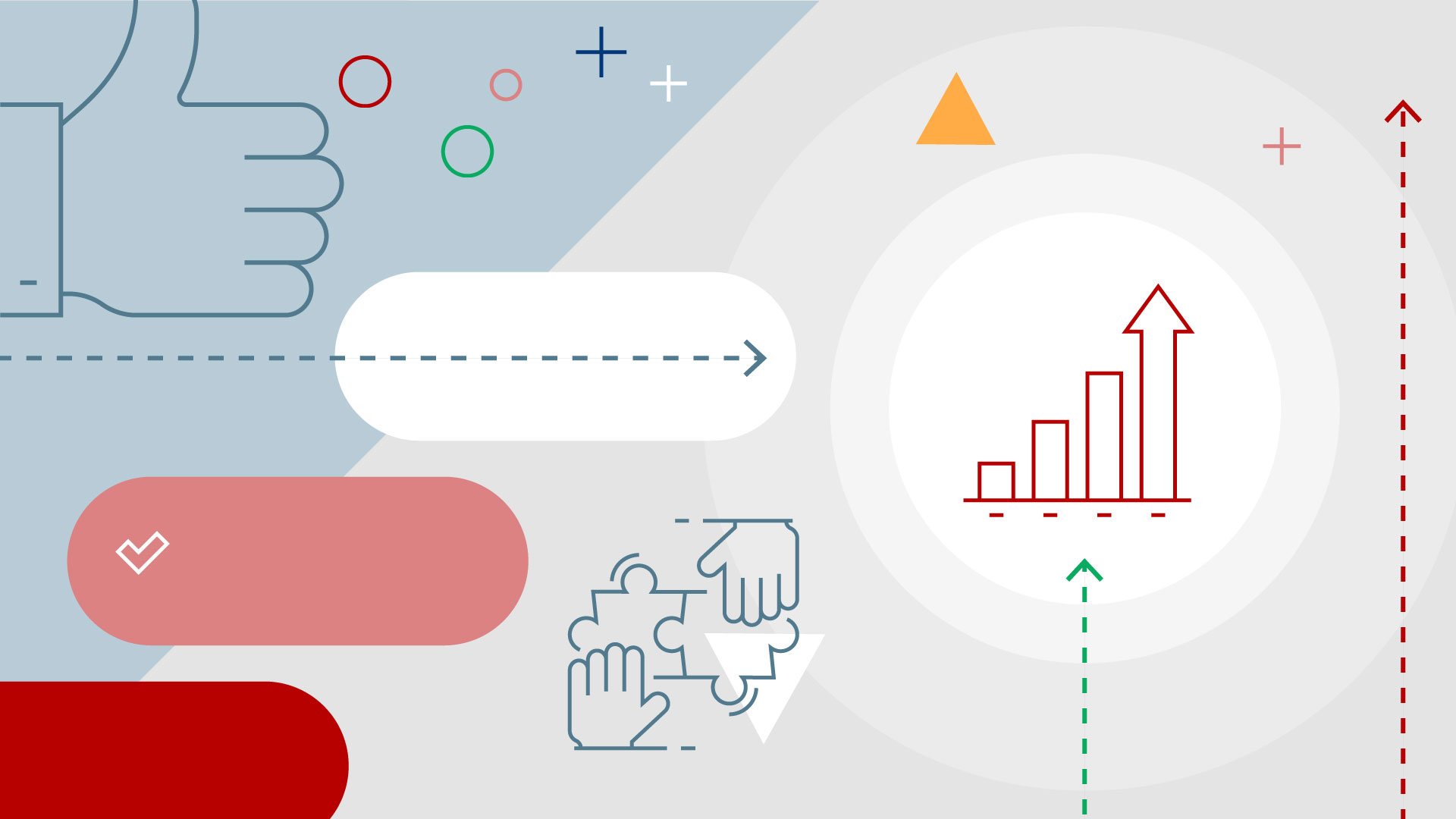
Integrating PSA systems guide
Choosing the right PSA system is critical for organizational success.
Learn more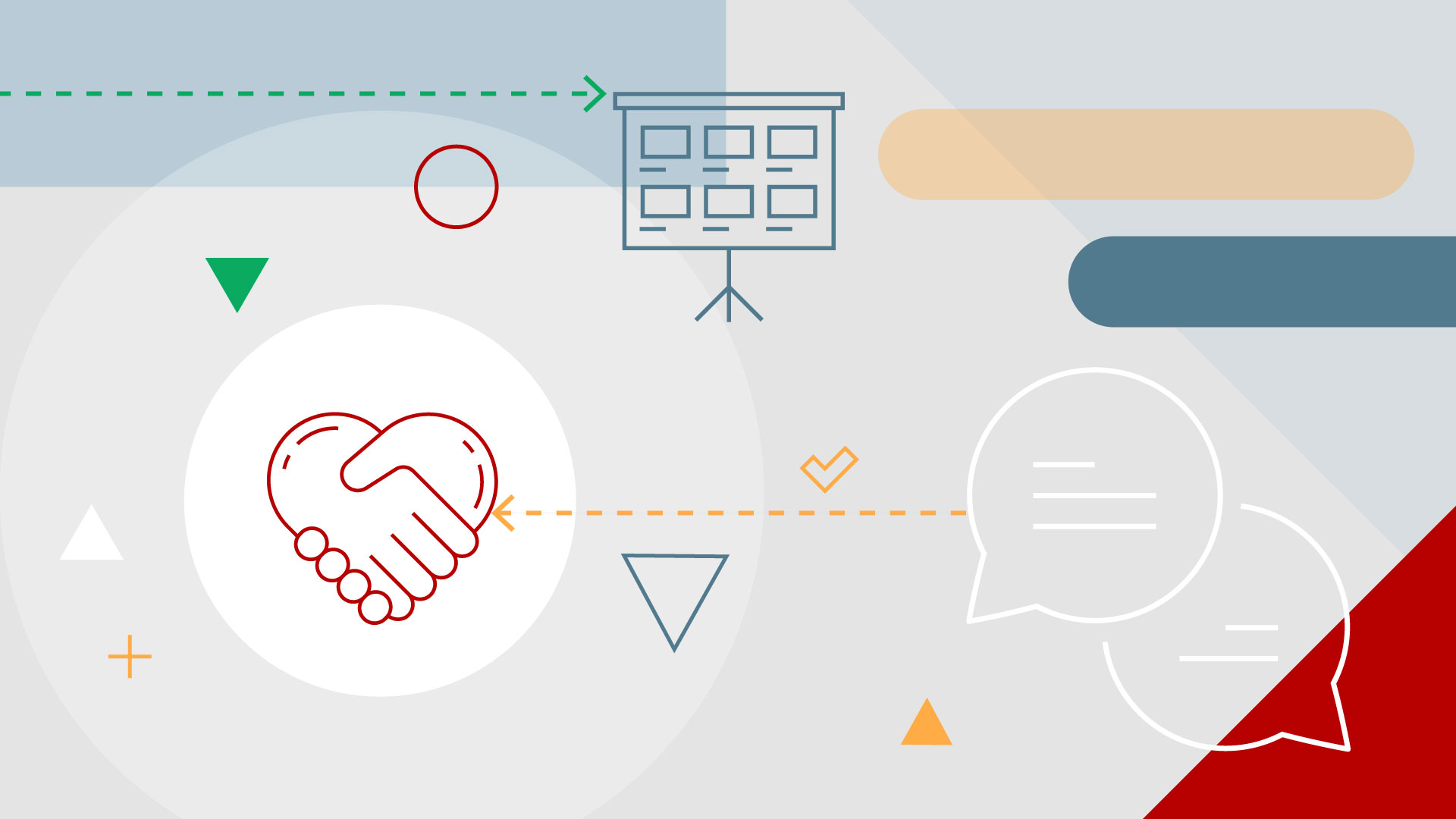
Case study
Siemens Energy saved 36,000 in hours worked annually and €2M in cost by connecting at an enterprise level.
Read now
Browse capabilities
Explore your PSA capabilities and get guidance on connecting all aspects of the engagement process, establishing full visibility across a portfolio of work, and creating an end-to-end services lifecycle that is optimized for profitability.
Filter capabilities by:
